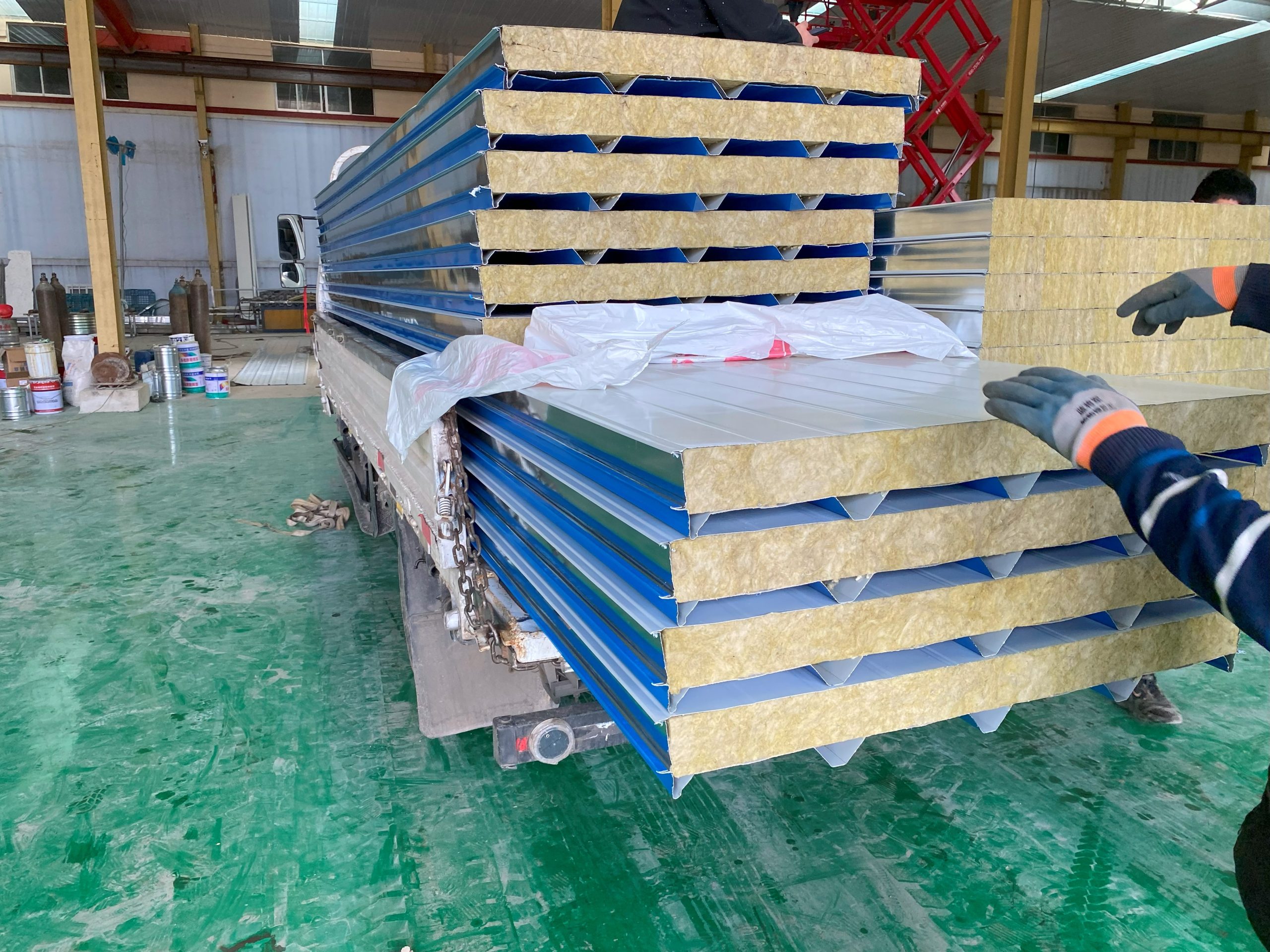Table of Contents
Exploring the Impact of Anti-Rust Coating Under High Temperature and Humidity Conditions
Anti-rust coatings are a crucial component in the preservation and longevity of metal structures. They serve as a protective barrier against the corrosive effects of environmental factors such as moisture, oxygen, and salts. However, the effectiveness of these coatings can be significantly influenced by special environmental conditions such as high temperature and humidity. This article aims to explore the impact of anti-rust coatings under these conditions.
High temperature and humidity are two environmental factors that can accelerate the corrosion process. When metal surfaces are exposed to high temperatures, the rate of oxidation increases, leading to faster rust formation. Similarly, high humidity Levels provide an abundant supply of moisture, which is a key ingredient in the electrochemical reaction that causes rust. Therefore, under these conditions, the demand for effective anti-rust protection is heightened.
Anti-rust coatings function by creating a physical barrier between the metal surface and the corrosive Environment. They are typically made up of a primer layer that adheres to the metal surface and a topcoat that provides additional protection. The effectiveness of these coatings is largely dependent on their ability to withstand the harsh conditions they are exposed to.
Under high temperature conditions, the physical properties of the anti-rust coating can change. For instance, the coating may soften, lose adhesion, or even degrade completely. This can Lead to the exposure of the underlying metal surface, making it susceptible to rust. Therefore, for applications that involve high temperatures, it is crucial to use anti-rust coatings that are specifically designed to resist thermal degradation.
On the other hand, high humidity conditions can also pose a challenge to anti-rust coatings. Moisture can seep into the coating, causing it to swell and lose adhesion. Furthermore, if the coating is not fully waterproof, water can reach the metal surface and initiate the rusting process. Therefore, in humid environments, it is essential to use anti-rust coatings that offer excellent water resistance.

Despite these challenges, advancements in coating technology have led to the development of anti-rust coatings that can withstand high temperature and humidity conditions. For instance, epoxy coatings are known for their excellent adhesion and chemical resistance, making them suitable for high temperature applications. Similarly, polyurethane coatings offer superior water resistance, making them ideal for humid environments.
In conclusion, while high temperature and humidity conditions can pose a challenge to anti-rust coatings, the right choice of coating can provide effective protection against rust. It is crucial to consider the specific environmental conditions that the metal structure will be exposed to when selecting an anti-rust coating. By doing so, the lifespan of the metal structure can be significantly extended, reducing maintenance costs and ensuring its continued functionality. Therefore, anti-rust coatings play a vital role in preserving metal structures, especially under special environmental conditions such as high temperature and humidity.
